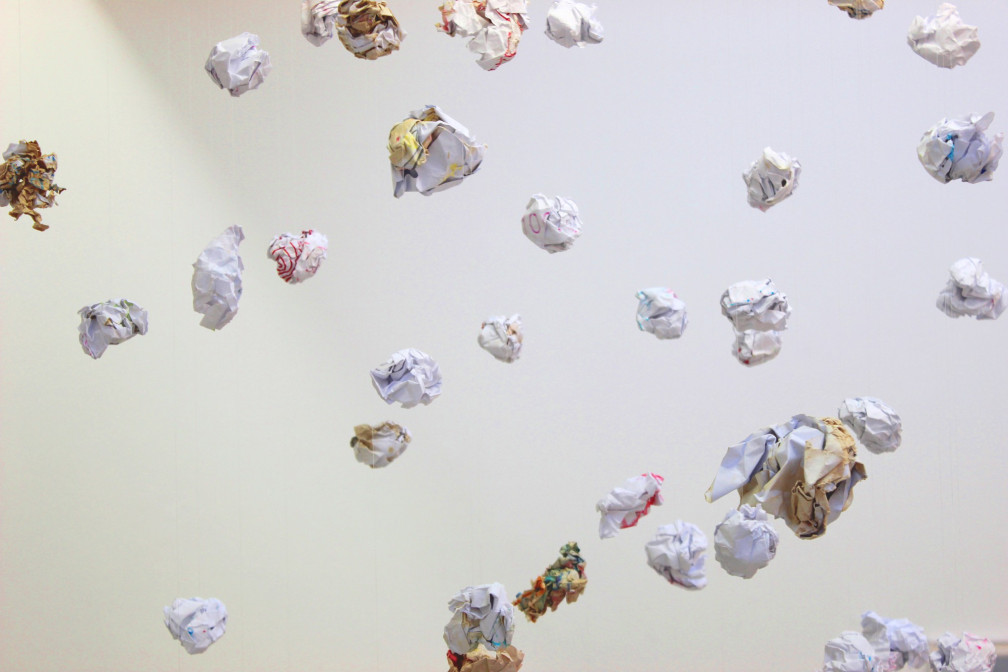Who knew that Blue Whales hang out off the coast of Perth during our summers, a few nautical miles from where I am sitting typing at home right now? Not me, until last week when I happened across Whale Watch Western Australia on the internet. Not one to muck about, I booked myself a place on the 7 hour excursion which went out yesterday. Here is some of what I saw…

At 8 a.m sharp we glided out of Sardine Wharf at Fremantle. The water close to shore was like a millpond.
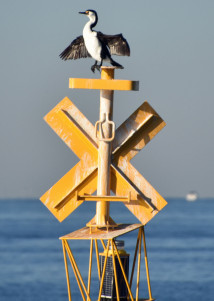
“This way”, signalled a cormorant as we left the inner harbour behind.
Our destination was an area known as Perth Canyon. This is a submarine canyon located off the coast of Perth approximately 22 km west of Rottnest Island. It has an average depth of 1.5 km (5000 ft) and is 15 km across, making it larger than the Grand Canyon. As it is a nutrient-rich eco hot spot, it is a perfect feeding ground for mega fauna including the Pygmy Blue Whale. This cetacean is a subspecies of the Antarctic or True Blue Whale. ‘Pygmy’ is a misleading name as this whale is not much smaller than the Antarctic Blue Whale – measuring around 70 to 80 ft long.
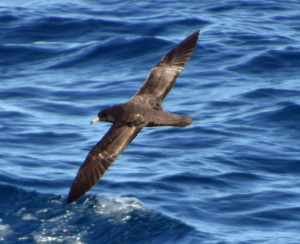
A Fleshy Footed Shearwater.
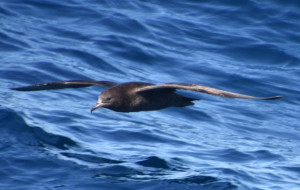
Another view of the shearwater.
Photographs of Blue Whales don’t do them justice. This is a case of “you really had to be there” as only from the boat can you fathom how majestic and ENORMOUS these mammals are. The crew of Whale Watch Western Australia love their subjects and were extremely respectful towards them. They gently maneuvered the boat so that the whales were comfortable in our presence.
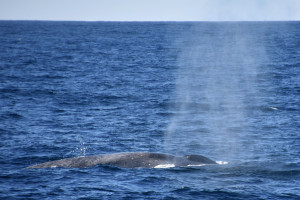
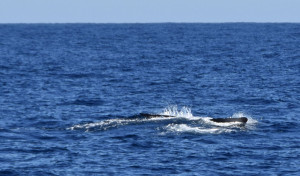
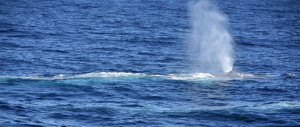

A mother and calf were close to us. When a third whale appeared, she nudged her young one into position next to the boat to keep the other whale at bay.
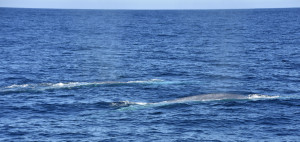
Summer being essentially over, soon our whales will head off to Indonesian waters to spend winter there.
An elegant fluke sequence as the whale dives…
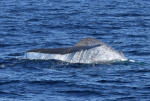
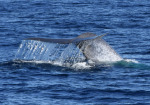





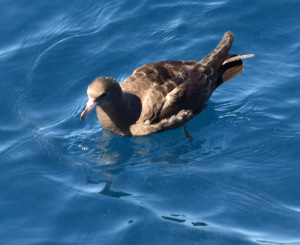
A shearwater lands on the water to enjoy some dispersing whale poo. (That is the orange-colour floury substance you can see in the water.) Whale poo is nutrient-rich and fertilises the ocean.
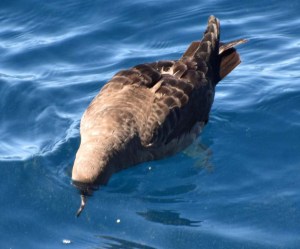
Delicious.
What a delight to see albatrosses! After much checking of “The Slater Field Guide to Australian Birds” and the internet, I can safely say that this is a Yellow-nosed Albatross (Indian ocean form). A medium-sized albatross such as this is known as a mollymawk.
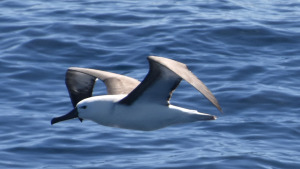
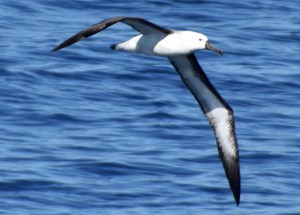
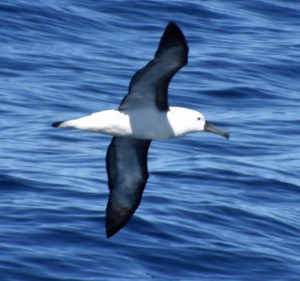
What an exceptional day yesterday was. To think that all this is happening so close to where I live. I also saw dolphins, petrels and Australasian gannets but I didn’t get any good photos of them. (They were too fast!) Yesterday was a bit like going through the wardrobe in “The Lion, the Witch and the Wardrobe” and finding myself in Narnia; pure magic.
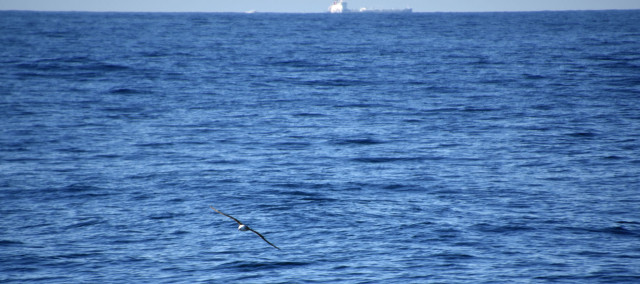
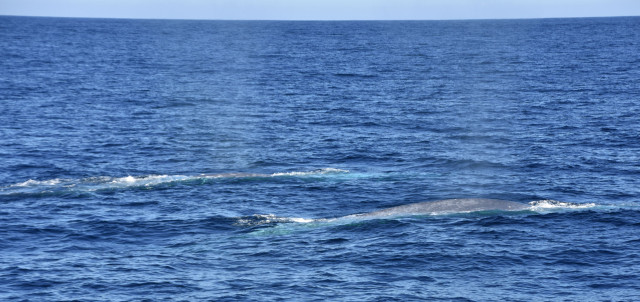
My neighbours are Blue Whales – who knew?!?
https://www.whalewatchwesternaustralia.com/
Share this:




